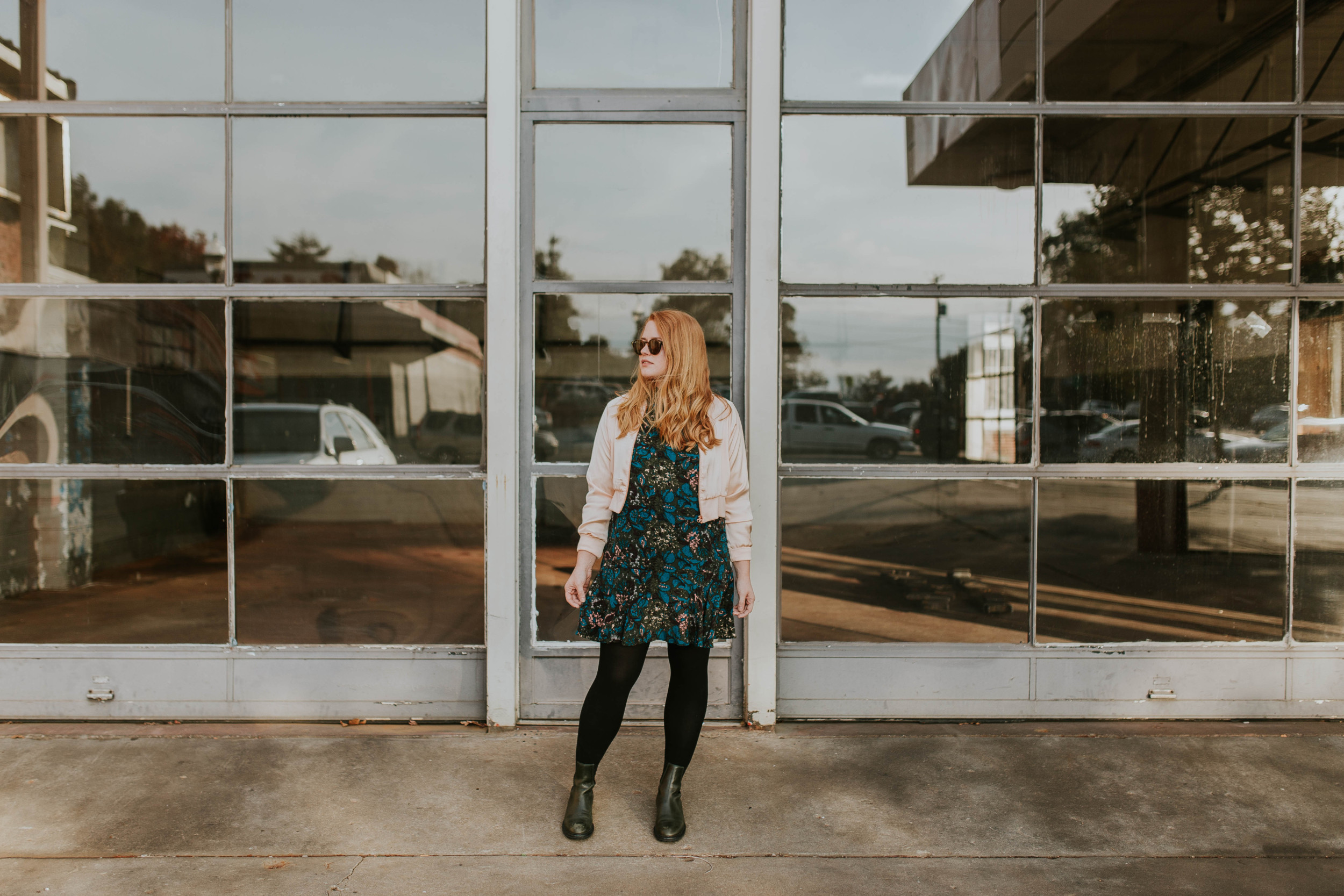Eating Disorder Center
Last week I received some heart breaking news from one of my close friends. Our mutual friend was in the Psychiatric unit of the hospital on suicide watch with an eating disorder. With a heavy heart I went to bed and tried to sleep, but couldn’t. Having myself recovered from an eating disorder which lasted all of high school and part of college, I could taste this young woman’s pain. I cried that night and begged our Blessed Mother to ask her Son for His healing Hands to touch this young woman.
I wrote her a note, which she was able to read the following morning. She called me after. I called her back while on a break at work and asked about visiting hours at the hospital. She said they were allowed to see friends and family on Saturday afternoons. I asked for the afternoon off and went to see her.
Sometimes I think I take my own healing for granted and on that particular day, I was in constant communication with God of how grateful I was for His healing Hands upon me. And for the strength and courage He had bestowed and continues to bestow upon me, both of which I don’t deserve. I am alive today because of God, and until the day I die I will never cease to praise His name. He is the Almighty Healer, and His grace is an ocean of mercy.
With these thoughts racing through my mind, I walked into the hospital and signed in. One of the nurses looked over the three Gerber Daisies I was holding for any sharp objects. She slid her ID to open the double doors which led back to the visitation room. Upon opening the door my eye was instantaneously drawn to a young woman sitting behind my friend who weighed about eighty pounds. My heart was riddled with pain.
I sat down next to my friend and considered it a privilege that I wasn’t worthy of. Her courage is astounding. She talked for a while, and I listened. She asked me some questions, and I shared my story with her. We cried together.
I often ask God what He wants from me. For over a year He has put a tremendous desire on my heart to help other women who have struggled the way I have. It is amazing the people God has placed in my life who struggle or have struggled with eating disorders. A very common question that I am use to hearing is “How did you over come it?” I always gently say, “It isn’t about me, but all about God.”
What God has done in my life is miraculous. I want to spend the rest of my time on earth giving back to Him and helping other women find the freedom He has given me.
To do this I believe it is vital that girls and women receive treatment at a center that is faith based and will educate women about their dignity as Daughter’s of God, God the Father’s love, mercy and forgiveness. And I am starting to fundraise for my own center that will be called Made in His Image. My book, non-profit, and center will be given this name.
Upon walking into this center, patients and visitors will be greeted by a statue of the Blessed Mother and Saint Maximilian Kolbe who is one of the patron saints of eating disorders. This center will be a place for healing, education and peace. It will be a place of beauty, as God’s daughters come together and learn about the depths of the Father’s love.
Below is the story of Saint Maximilian Kolbe.
The story begins on 8 January, 1894 – Raymond Kolbe was born the second son of a poor weaver at Zdunska Wola near Lodz in Poland. In his infancy Raymond seems to have been normally mischievous but one day, after his mother had scolded him for some mischief or other, her words took effect and brought about a radical change in the child’s behavior.
In 1910 he became a Franciscan, taking the name Maximilian. He studied at Rome and was ordained in 1919. He returned to Poland and taught Church history in a seminary. He built a friary just west of Warsaw, which eventually housed 762 Franciscans and printed eleven periodicals, one with a circulation of over a million, including a daily newspaper.
Inevitably, the community came under suspicion and was watched closely. Then in May 1941 the friary was closed down and Maximilian and four companions were taken to the death camp Auschwitz, where they worked with the other prisoners.
Prisoners at Auschwitz were slowly and systematically starved, and their pitiful rations were barely enough to sustain a child: one cup of imitation coffee in the morning, and weak soup and half a loaf of bread after work. When food was brought, everyone struggled to get his place and be sure of a portion. Father Maximilian Kolbe however, stood aside in spite of the ravages of starvation, and frequently there would be none left for him. At other times he shared his meager ration of soup or bread with others.
In the harshness of the slaughterhouse Father Kolbe maintained the gentleness of Christ. At night he seldom would lie down to rest. He moved from bunk to bunk, saying: “I am a Catholic priest. Can I do anything for you?”
A prisoner later recalled how he and several others often crawled across the floor at night to be near the bed of Father Kolbe, to make their confessions and ask for consolation. Father Kolbe pleaded with his fellow prisoners to forgive their persecutors and to overcome evil with good. When he was beaten by the guards, he never cried out. Instead, he prayed for his tormentors.
A Protestant doctor who treated the patients in Block 12 later recalled how Father Kolbe waited until all the others had been treated before asking for help. He constantly sacrificed himself for the others.
In order to discourage escapes, Auschwitz had a rule that if a man escaped, ten men would be killed in retaliation. In July 1941 a man from Kolbe’s bunker escaped. The dreadful irony of the story is that the escaped prisoner was later found drowned in a camp latrine, so the terrible reprisals had been exercised without cause. But the remaining men of the bunker were led out.
‘The fugitive has not been found!’ the commandant Karl Fritsch screamed. ‘You will all pay for this. Ten of you will be locked in the starvation bunker without food or water until they die.’ The prisoners trembled in terror. A few days in this bunker without food and water, and a man’s intestines dried up and his brain turned to fire.
The ten were selected, including Franciszek Gajowniczek, imprisoned for helping the Polish Resistance. He couldn’t help a cry of anguish. ‘My poor wife!’ he sobbed. ‘My poor children! What will they do?’ When he uttered this cry of dismay, Maximilian stepped silently forward, took off his cap, and stood before the commandant and said, ‘I am a Catholic priest. Let me take his place. I am old. He has a wife and children.’
Astounded, the icy-faced Nazi commandant asked, ‘What does this Polish pig want?’
Father Kolbe pointed with his hand to the condemned Franciszek Gajowniczek and repeated ‘I am a Catholic priest from Poland; I would like to take his place, because he has a wife and children.’
Observers believed in horror that the commandant would be angered and would refuse the request, or would order the death of both men. The commandant remained silent for a moment. What his thoughts were on being confronted by this brave priest we have no idea. Amazingly, however, he acceded to the request. Apparently the Nazis had more use for a young worker than for an old one, and were happy to make the exchange.
Franciszek Gajowniczek was returned to the ranks, and the priest took his place …
Gajowniczek later recalled:
‘I could only thank him with my eyes. I was stunned and could hardly grasp what was going on. The immensity of it: I, the condemned, am to live and someone else willingly and voluntarily offers his life for me – a stranger. Is this some dream?
I was put back into my place without having had time to say anything to Maximilian Kolbe. I was saved. And I owe to him the fact that I could tell you all this. The news quickly spread all round the camp. It was the first and the last time that such an incident happened in the whole history of Auschwitz.
For a long time I felt remorse when I thought of Maximilian. By allowing myself to be saved, I had signed his death warrant. But now, on reflection, I understood that a man like him could not have done otherwise. Perhaps he thought that as a priest his place was beside the condemned men to help them keep hope. In fact he was with them to the last.’‘
Father Kolbe was thrown down the stairs of Building 13 along with the other victims and simply left there to starve. Hunger and thirst soon gnawed at the men. Some drank their own urine, others licked moisture on the dank walls. Maximilian Kolbe encouraged the others with prayers, psalms, and meditations on the Passion of Christ. After two weeks, only four were alive. The cell was needed for more victims, and the camp executioner, a common criminal called Bock, came in and injected a lethal dose of carbolic acid into the left arm of each of the four dying men. Kolbe was the only one still fully conscious and with a prayer on his lips, the last prisoner raised his arm for the executioner. His wait was over …
So it was that Father Maximilian Kolbe was executed on 14 August, 1941 at the age of forty-seven years, a martyr of charity. The death certificate, as always made out with German precision, indicated the hour of death 12.30.
Father Kolbe’s body was removed to the crematorium, and without dignity or ceremony was disposed of, like hundreds of thousands who had gone before him, and hundreds of thousands more who would follow.
The heroism of Father Kolbe went echoing through Auschwitz. In that desert of hatred he had sown love. A survivor Jozef Stemler later recalled:
“In the midst of a brutalization of thought, feeling and words such as had never before been known, man indeed became a ravening wolf in his relations with other men. And into this state of affairs came the heroic self-sacrifice of Father Kolbe.’ Another survivor Jerzy Bielecki declared that Father Kolbe’s death was ‘a shock filled with hope, bringing new life and strength … It was like a powerful shaft of light in the darkness of the camp.”
The cell where Father Kolbe died is now a shrine. Maximilian Kolbe was beatified as Confessor by Paul VI in 1970, and canonized as Martyr by Pope John Paul II in 1981.




